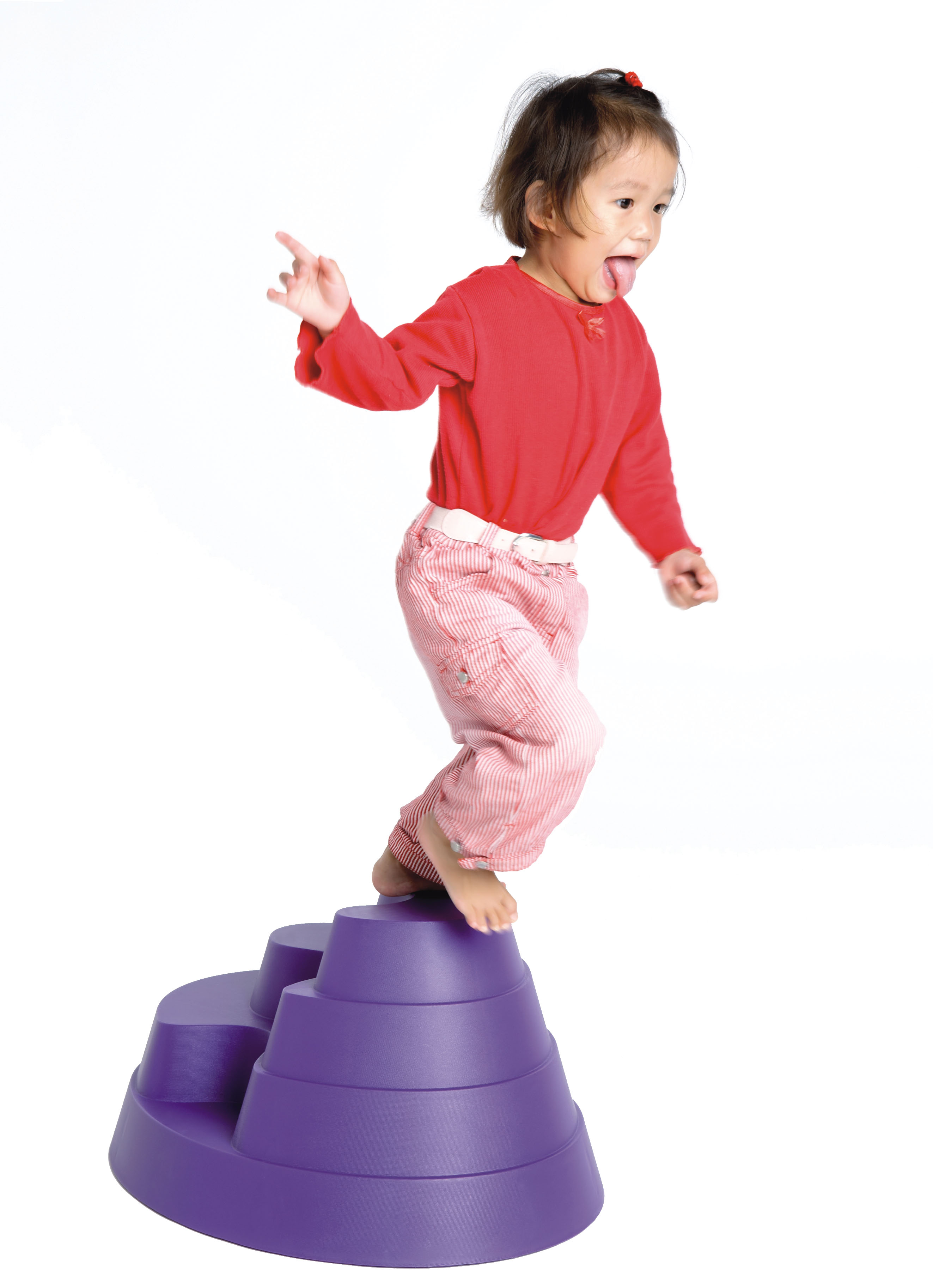CASE
David was born prematurely. He weighed just under 1 kg at birth. Due to premature birth, he has late complications in the form of a hypersensitive sensory system. He tends rapidly to become uncertain and nervous during motor activity and clearly overreacts to vestibular stimulation.
David is now four years old. He is small and thin for his age and unsure of his own abilities.
He still has a wide-based gait, i.e. he walks with his legs wide apart. He often falls and he is unable to jump.
David is sad that he cannot jump. He cannot take part in games with other children where they jump down from a tree stump, sandbox perimeter, etc. at the daycare facility. They are also singing games that include jumping. David refuses to take part in these, as he has realised that, in these situations, he cannot keep up. This has an adverse affect on his self-esteem.
In a therapy session, David, his mother and I agree that we will work hard to teach him to jump and I assure him that, by working together, we wil succeed.
I know that the easist hop and the first experience of hovering is when a child jumps down from an object. I build a low platform using two red tops and a blue plank from the Build N' Balance range. The plank is inserted into the lowest ridge.
David stands on the plank, but cannot muster the courage to jump down on his own. I give him a little support, holding his elbow, and now he dares to jump. We practise the jump five times, after which the jump seems effortless and David lands on both feet almost at the same time.
Now David tries to jump without my support. He succeeds and is proud as an peacock.
At the next session, David begins jumping down of his own accord. We have a chat about the challenge having become too easy and we shift the plank up to ridge no. 2. Before the end of the session, David is able to jump down from the plank in the topmost ridge.
Delighted with his success, David suddenly jumps up and down on the spot! We laugh that he already dares to jump spontaneously.
Jumping is not only a motor skill. To a great extent, it depends on having courage and a belief in one's abilities.








